Asteroid big as a bus coming towards Earth today! Blitzing its way at 24959 kmph
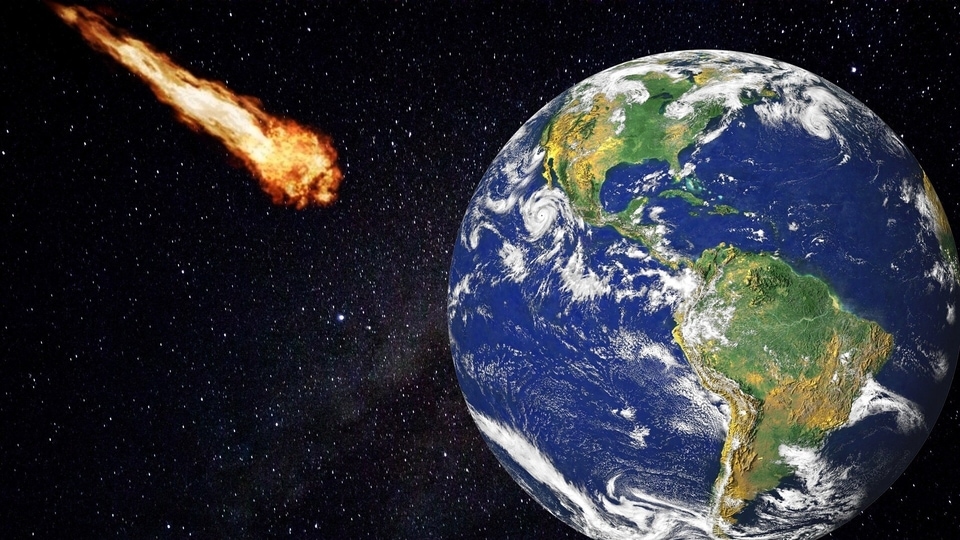

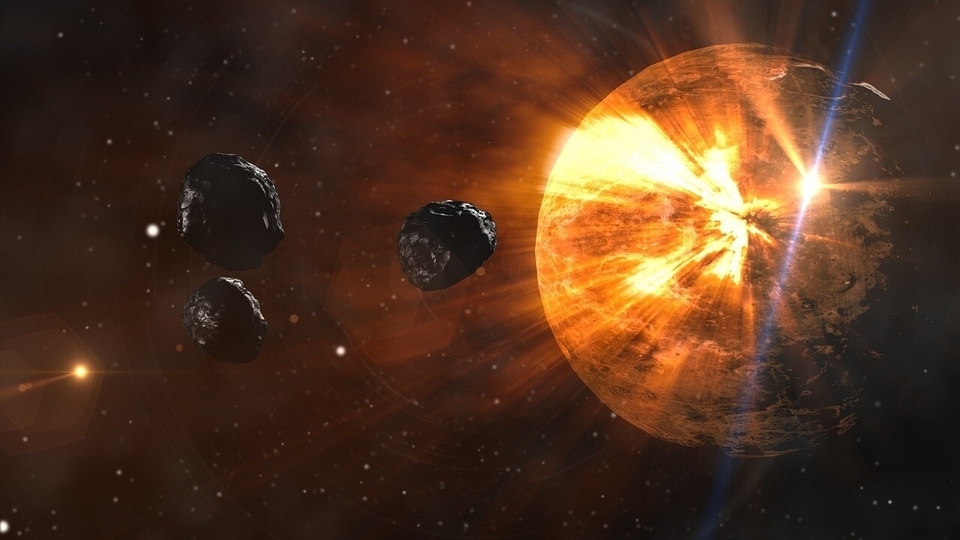
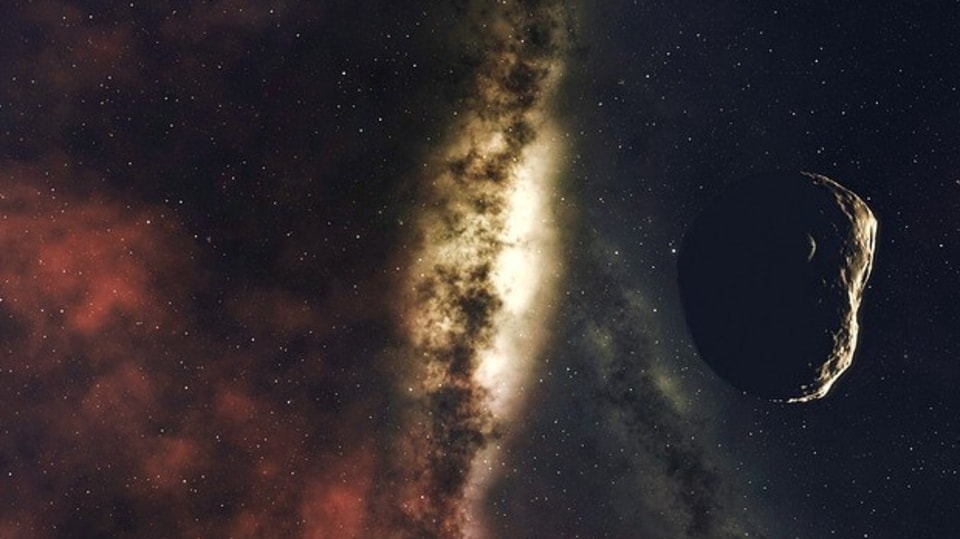
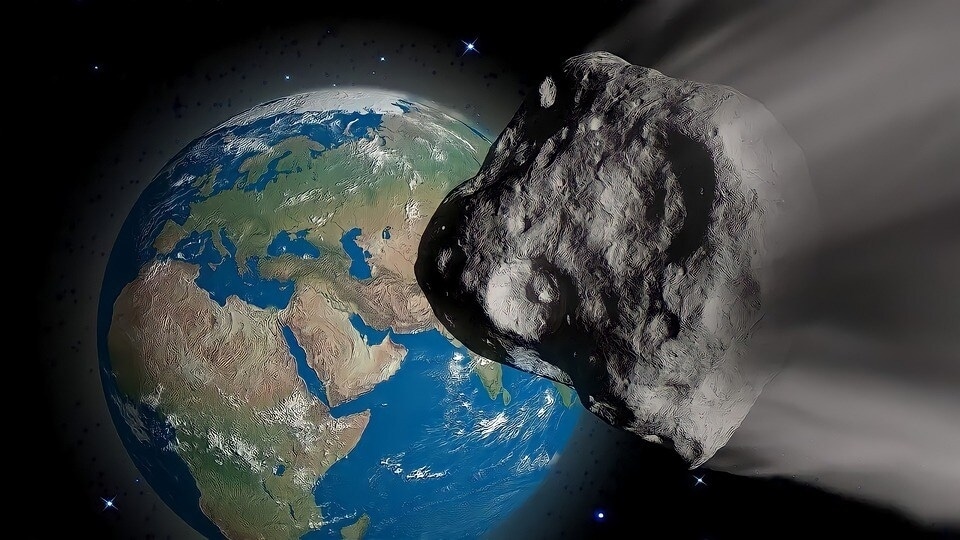
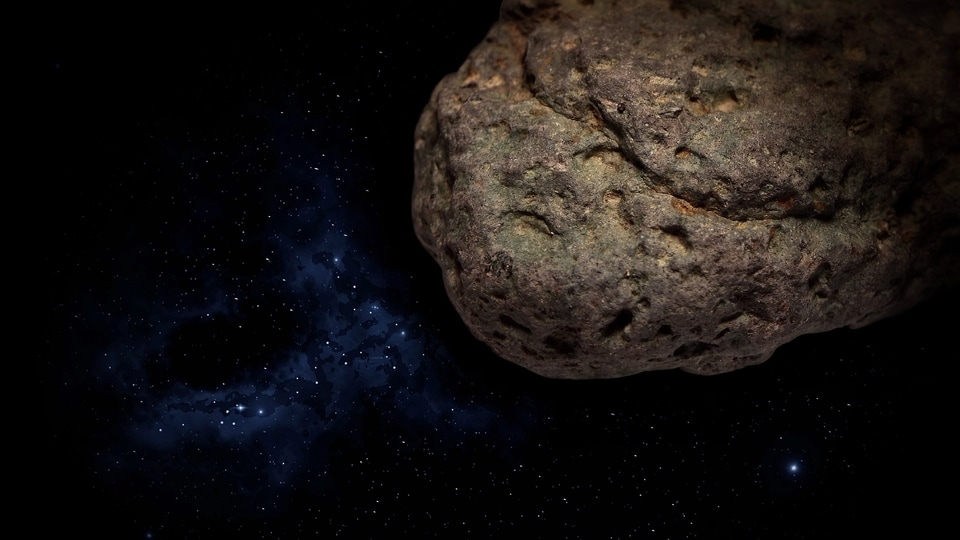

 View all Images
View all ImagesAn asteroid coming towards Earth has been dubbed as potentially hazardous by the US space agency NASA. While a huge number of asteroids pass far away from Earth, there are many which come too close to the planet and these are then dubbed as being hazardous objects. The entire process is decided by the size of the asteroid as well as the close approach to Earth and that is what has happened to the asteroid today.
To determine the potential threat from an asteroid or near-Earth object, NASA keeps a close eye on all the upcoming objects such as asteroids and even comets. Now, asteroid 2022 XD has been spotted approaching the Earth. It is 40-foot asteroid, but it will make a terrifyingly close approach of just 0.842 million miles! NASA says that any asteroid that approaches within 4.6 million miles or 7.5 million kilometers of Earth will be marked as a potentially hazardous object.
The asteroid is also moving at an astonishing velocity of 24959 km per hour.
How NASA tracks these asteroids
Some of the best technologies of NASA help to track these dangerous asteroids. While using optical and radio telescopes, NASA determines the size, shape, rotation, and physical composition of asteroids. Moreover, with the help of planetary radar, performed by radio telescopes at NASA's Deep Space Network and the National Science Foundation's Arecibo Observatory in Puerto Rico, detailed characterisation data of the asteroids are made possible.
How NASA plans to keep the Earth safe from these asteroids
NASA has recently successfully concluded its Double Asteroid Redirection Test (DART) Mission by striking a spacecraft against a non-hazardous asteroid. It successfully managed to change the course of the asteroid. The learnings from the mission will be used to protect Earth from dangerous asteroids that are likely to collide with our planet. This was the world's first mission to deflect an asteroid in space.
Catch all the Latest Tech News, Mobile News, Laptop News, Gaming news, Wearables News , How To News, also keep up with us on Whatsapp channel,Twitter, Facebook, Google News, and Instagram. For our latest videos, subscribe to our YouTube channel.
































